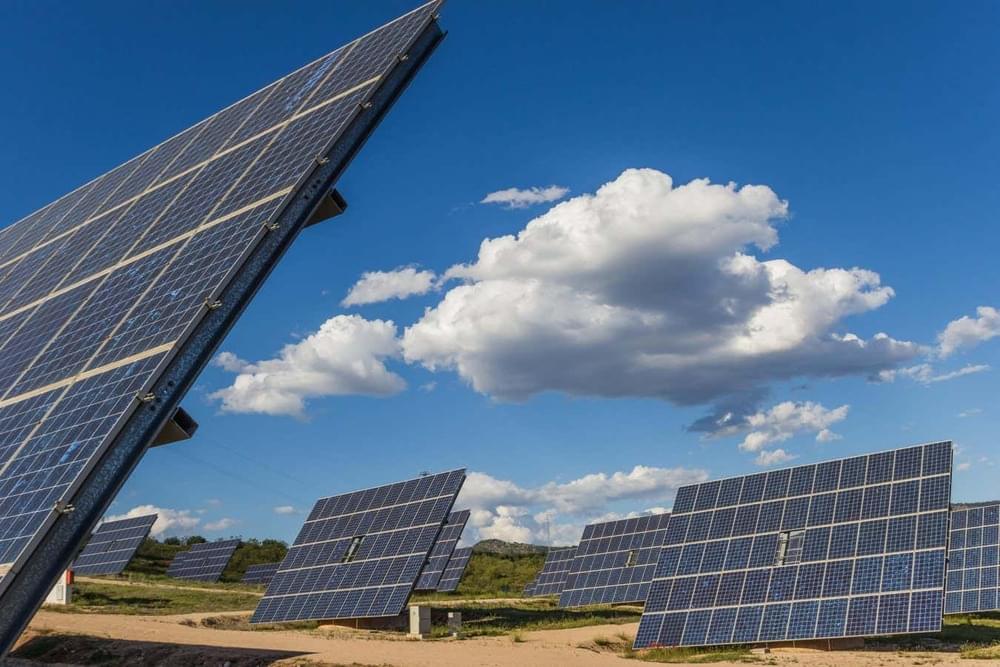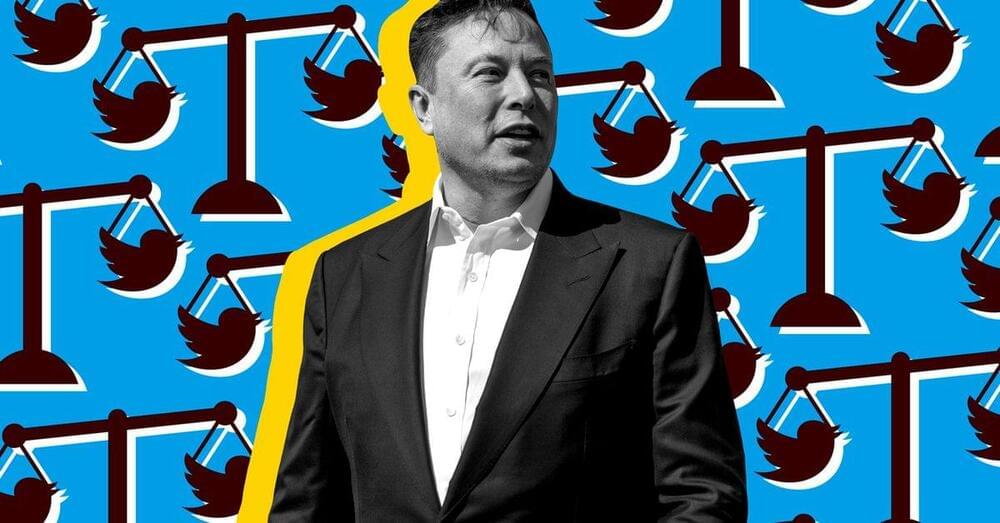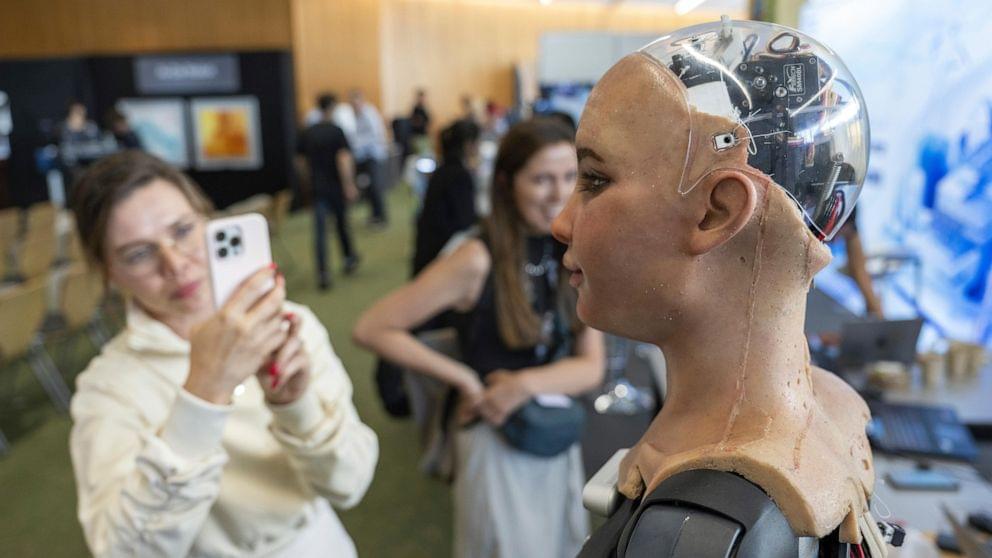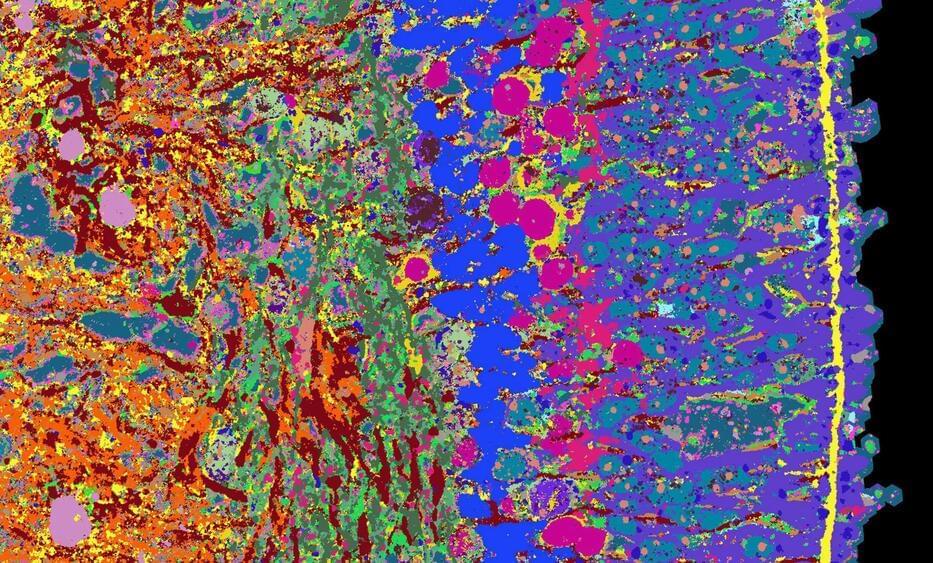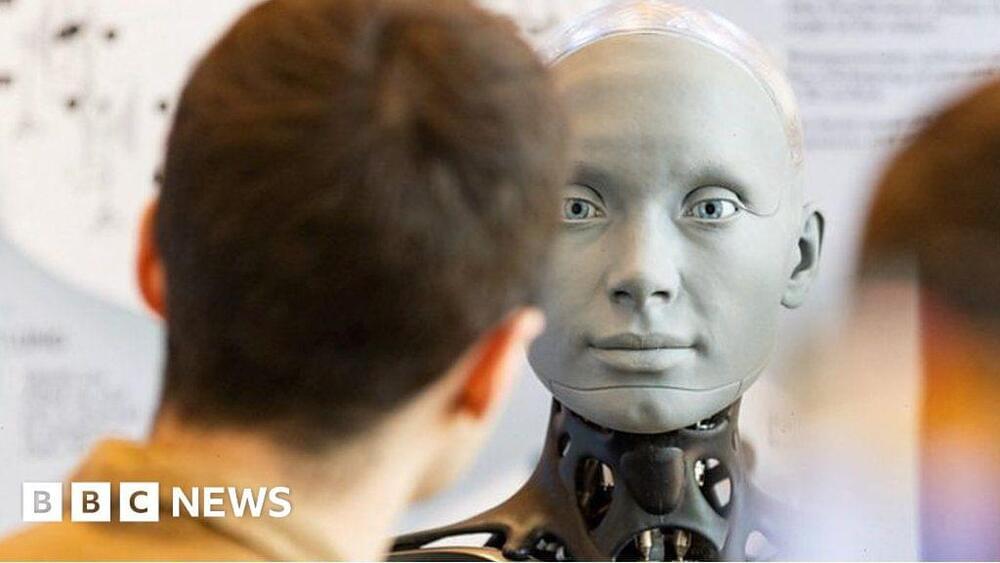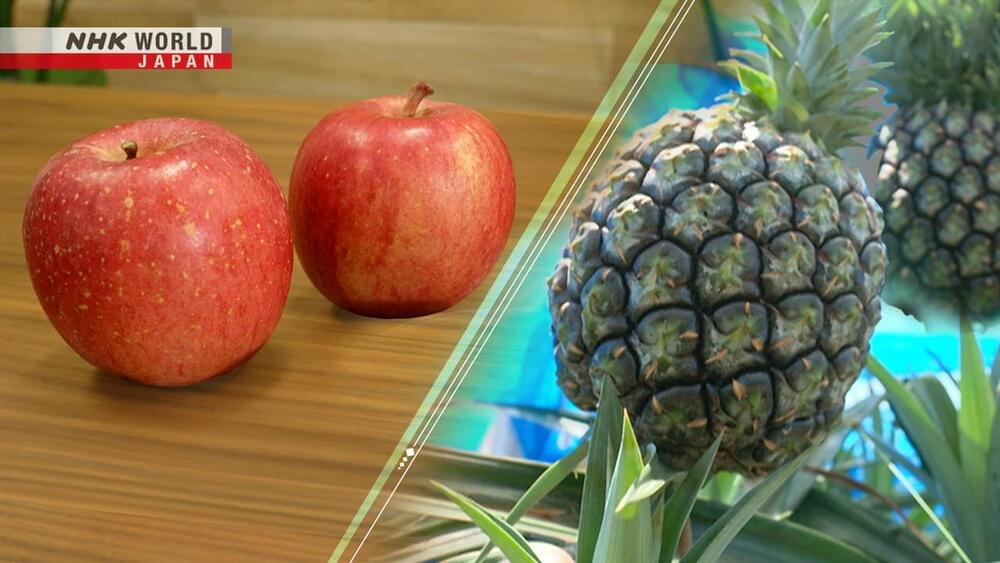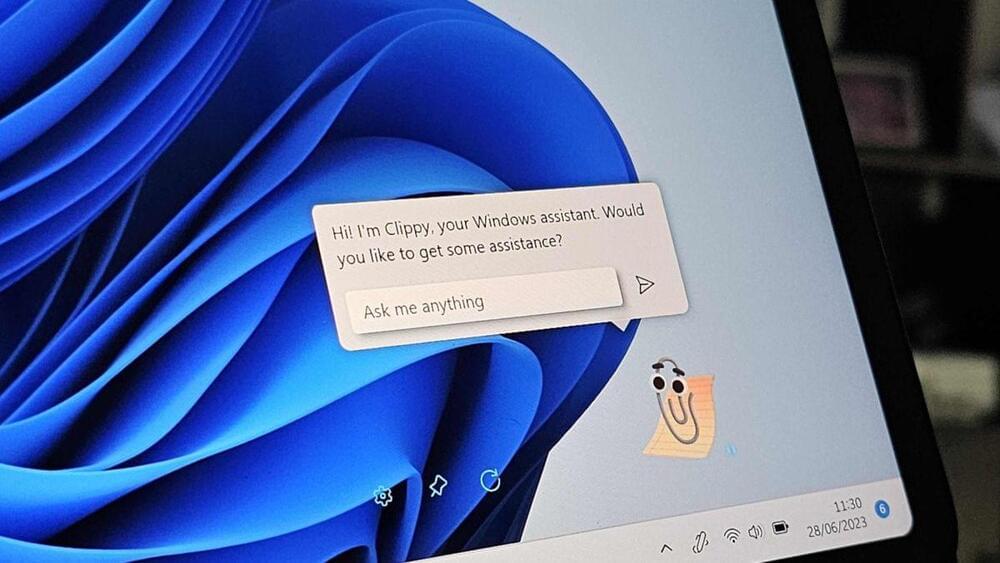Welcome to this week’s installment of The Intelligence Brief… in recent days, DARPA has announced a new program that aims to protect warfighters from bloodstream infections caused by bacterial and fungal agents. This week, we’ll be examining 1) the announcement of the agency’s new SHIELD program, 2) past challenges that inspired the new DARPA initiative, and 3) how they say SHIELD will manage to clean your bloodstream, similar to a Roomba.
Quote of the Week
“If an alien visited Earth, they would take some note of humans, but probably spend most of their time trying to understand the dominant form of life on our planet – microorganisms like bacteria and viruses.”


